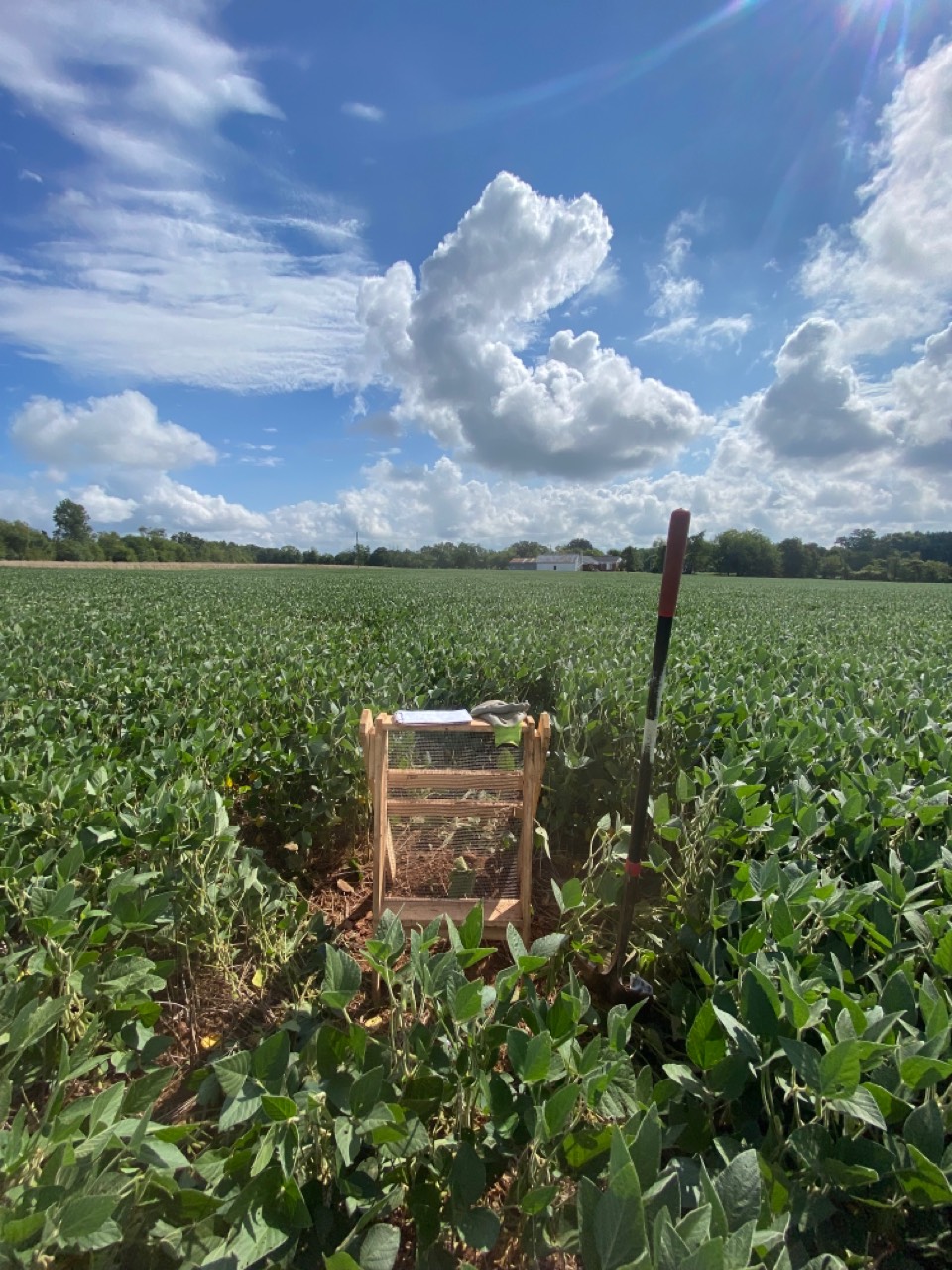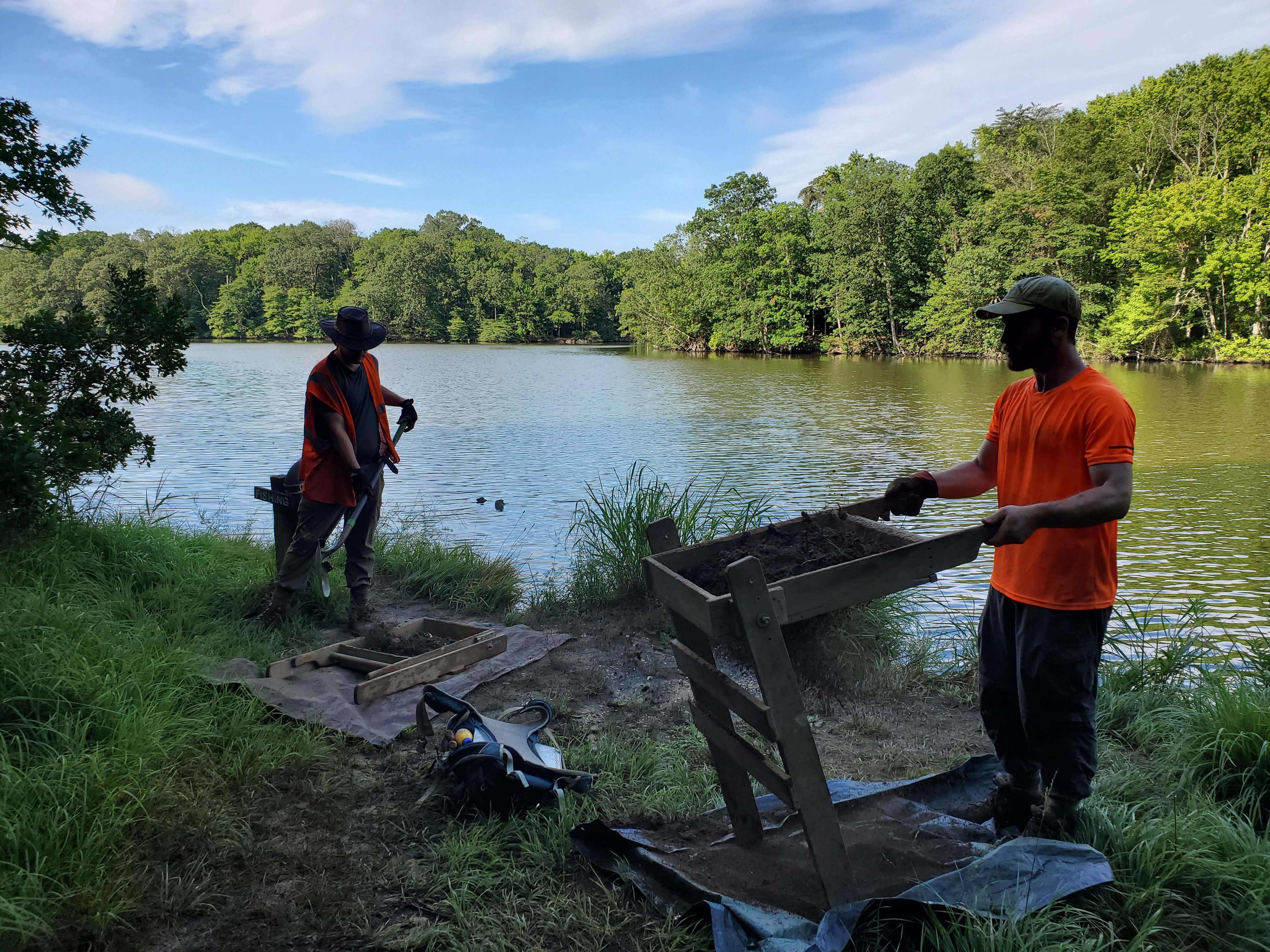Many factors can impact your project’s timeline
As you might imagine, there is no ‘one size fits all’ answer for how long a project can take. Many factors affect a cultural resources project timeline, the most important of which are the project’s size and its regulatory requirements. Smaller projects with limited regulatory involvement can typically be completed in a relatively short period of time, usually in the span of a few weeks. Larger projects with multidisciplinary components—which might include archaeologists, architectural historians, remote sensing experts, and oral historians—can take months or even years.
Project timelines are also affected by what is found. If no sites or sites with little significance are found in the first stages of investigation (Phase I survey or architectural reconnaissance), the timeline is typically relatively short. But if significant sites or other cultural resources are identified, multiple phases of investigation and mitigation of impacts could be necessary. Each additional phase impacts project timelines by adding additional consultation, planning, fieldwork, reporting, and regulatory review.
Project timelines can also be extended by review periods by regulatory authorities. Typically, once a project report is completed and submitted to the regulatory authority, a response can be provided within 30-60 days. However, some agencies take longer to review submitted project materials, and timelines can also be extended by requested edits and/or additional work requirements.
The complex set of factors that affect your project timeline when cultural resources are involved are rarely apparent before you begin the consultation process. If you suspect there might be a cultural resource requirement for your project, you should contact a cultural resources consultant as early in the planning process as possible. The earlier consultants are involved, the faster your project completion timeline can be achieved. If engaged early, your consultant can provide you with guidance as to the best approach and guide you through early consultation with regulatory authorities. The sooner you begin to satisfy your cultural resources requirements, the sooner they’ll be finished.


